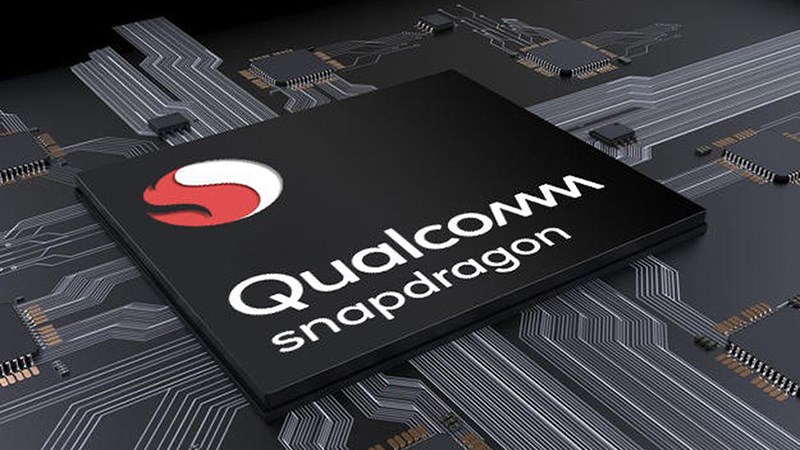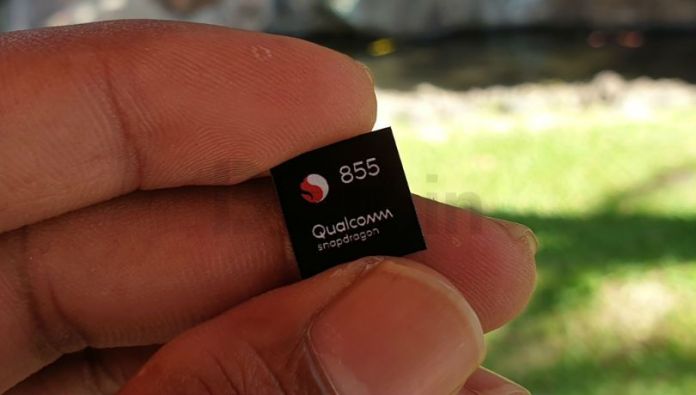Qualcomm Silently Reveals 192MP Camera Support For Some Of Its Chipsets
Anita - Mar 11, 2019

Qualcomm has just silently updated the specifications for some of its chipsets, which includes the support for up to 192MP camera.
- Asus ZenFone 6 Confirmed To Pack Snapdragon 855, 48MP Camera & 5,000mAh Battery
- There Will Reportedly Two Redmi Flagships With Snapdragon 855
- Xiaomi Hercules Key Specs Leaked With Snapdragon 855; Might Be Mi MIX 4
The bezel-less screen has become a popular trend in the smartphone market today. Besides, the camera also plays an important role while Original Equipment Manufacturers (OEMs) are adding 48MP sensors to the current smartphones from flagship to affordable ones. Recently, chipmaker Qualcomm has been on tracks to include support for cameras with high resolution for its chipsets.

Currently, you can see a 48MP bandwagon in Xiaomi smartphones or 5 rear camera sensors in the Nokia 9 PureView of Nokia. Therefore, OEMs are boosting their experiments to drive camera limits with smartphones. According to a report of XDADevelopers, Qualcomm has silently enhanced its camera specifications for a few of the Snapdragon platforms.
The current amended specs offer different detail groups on dual and single camera features like limits of recording video in slow motion mode, hybrid auto-focus, etc. Interestingly, the select current chipsets support up to 192MP resolution single camera, which is much more pixels than that of today.

These chipsets in doubt include Snapdragon 845 and Snapdragon 855 flagship chipsets and affordable Snapdragon 670, Snapdragon 675 and Snapdragon 710 ones. However, the 192MP camera is still on the paper for a single camera image signal processor (ISP) and whether future smartphones have such high-resolution sensors or not remains unknown.
There are also other warnings for this such camera sensor with high resolution. Devices should part go some highlights like zero shutter lag (ZSL), and multi-frame noise reduction (MFNR) to use a 192MP sensor for the best result. The final line is that ability to capture photos with high resolution is theoretically gained. The chipsets still require a real camera with 192MP resolution, which has not been available in the today market. We will need to look forward to the launch of smartphones with these such big sensors.
Featured Stories

Mobile - Oct 23, 2025
How Casual Games Are Winning the Mobile Attention War

Mobile - Jul 03, 2025
OPPO Reno 14 Series Hits India: Launch Date, Cameras, and Specs

Mobile - Jun 12, 2025
Best Gaming Phones 2025: Top Devices for Mobile Gaming

Mobile - Jun 12, 2025
Vivo T4 Ultra Debuts with MediaTek Dimensity 9300+ Chipset

Mobile - Jun 08, 2025
Realme GT 7T Review: Power Meets Endurance in Controversial Style

Mobile - Jun 08, 2025
Motorola Edge 60 Set to Debut in India This June

Mobile - Jun 07, 2025
Realme C73 5G Launches in India: Budget 5G Phone Starts at ₹10,499

Gadgets - Jun 07, 2025
OnePlus 13s Makes Indian Debut: Compact Flagship Brings Premium Features at...

Mobile - Jun 04, 2025
Samsung Galaxy Z Fold 7 Ultra: The Next Chapter of Premium Foldables

Mobile - Jun 02, 2025
Comments
Sort by Newest | Popular